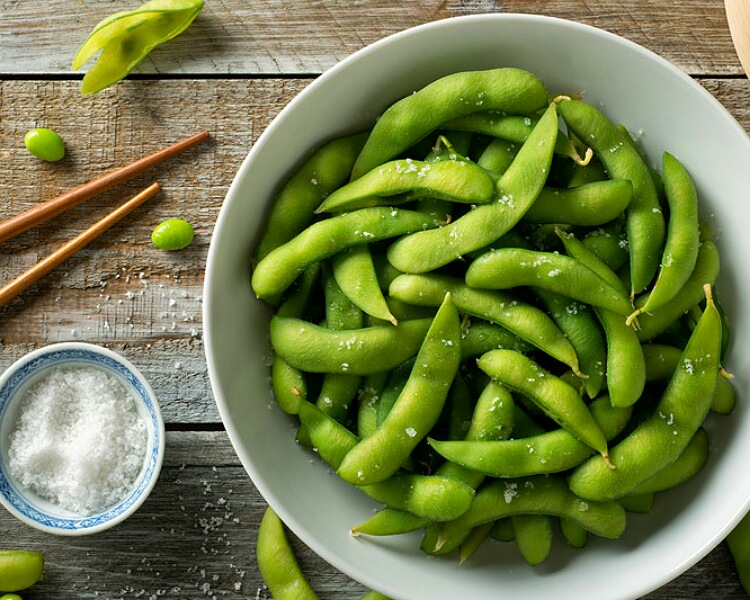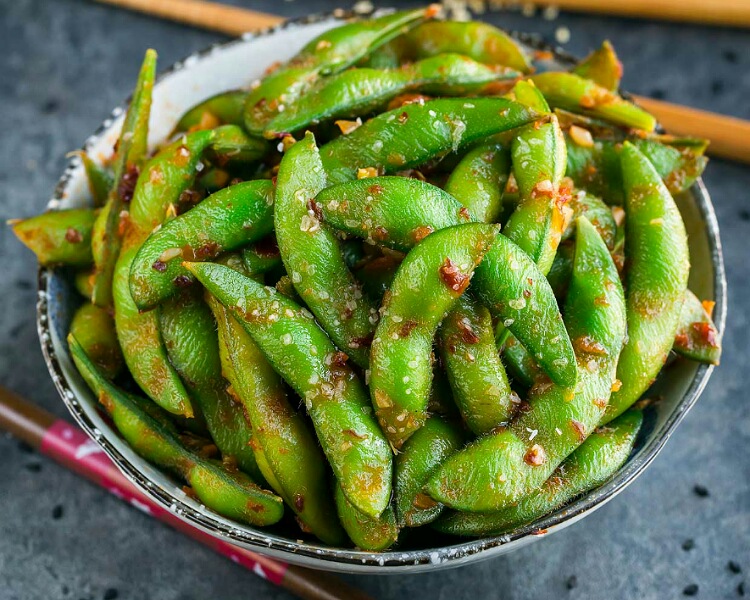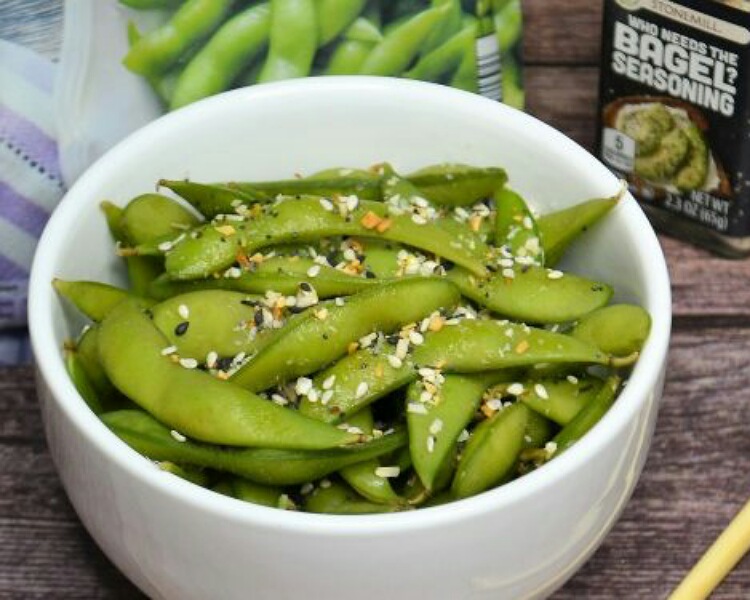Edamame is a cuisine of the Far East. It is made of tender, fresh soybeans in the pod. Besides being a delicious dish, it is also loaded with a lot of nutrients and health benefits and can be a healthy snack.
Edamame: name and origin
Edamame is the preparation common in the Far East. It is made of immature soybeans in the pod. When the beans are removed from the pod, it is called mukimame.
The term edamame means stem beans in the Japanese language. It got the name because the vendors sell the pods along with the attached stems. This dish is relished in China mainland, Taiwan, and Japan.

The first cultivation of soybeans was in China some 7000 years back. And the name Edamame was first used in 1275 when the Japanese monk, Nichiren wrote a note of thanks with this name to the parishioner who had placed it at the temple.
Further, Chinese kings recommended their people consume the soybean leaves as well as the pods for their nutritive value during the famines that struck the country. Later, it became popular as a snack food and also as a medicine.
Soybeans got introduced in the USA in the 19th century and it was in the 20th century that their nutritional qualities were highlighted in writings. In 1951, the word found mentioned in the journal Folklore studies.
It made it to the Oxford dictionary in 2003 and the Merriam-Webster dictionary in 2008. Europe started growing this crop in 2008 and it found its way onto the shelves of supermarkets there as an alternative and plant source of protein.
Picking and cooking and the nutritive value
These are handpicked to avoid damage to the tender pods and the stems. The pods are harvested before they ripen. The reason is that these young pods are sweeter due to the sucrose in them that disappears when the soybeans ripen.
These tender beans also have alanine, aspartic acid, and glutamic acid which also provide them with their flavor. These lessen with ripening.

One can boil, steam, or microwave the pods. Later, salt is added with other spices and condiments for taste. In Japan, the pods are first blanched in 4% brine water.
This gets into the pods and offers the taste. These pods are a famous side dish in Japanese cuisine. It can be had as a healthy snack. While eating the teeth are used to slide open the pods and the beans are eaten while the outer pod cover is discarded.
100 grams has 121 calories and 8.9 grams of carbs with 2.18 grams of sugars. Fat is 5.2 grams and proteins are 11.9 grams. Dietary fiber in it is 5.2 grams. It is rich in vitamins A, B complex, C, E, and K. It also has a lot of minerals such as iron, calcium, manganese, magnesium, potassium, zinc, phosphorus, and selenium.
Health benefits
Due to the high content of minerals and vitamins, edamame is a highly nutritious dish. It can lower blood pressure and maintain heart health.
It can bring down the cholesterol in the blood and is thus good for the arteries and the heart. and it regulates bowel movements and prevents constipation due to the high fiber content.
The food dish is good for diabetics because it is low in carbs and has a low glycemic index. It is rich in protein and this helps the buildup of muscles and makes bones strong.

Soybeans have isoflavones which are a type of antioxidant. These are similar to the hormone estrogen and thus might help decrease the risk of breast cancers. Similarly, the lower the incidence of menopausal symptoms.
The evidence in this favor is inconsistent and requires more studies to prove it. Prostate cancer risk is also lowered.
